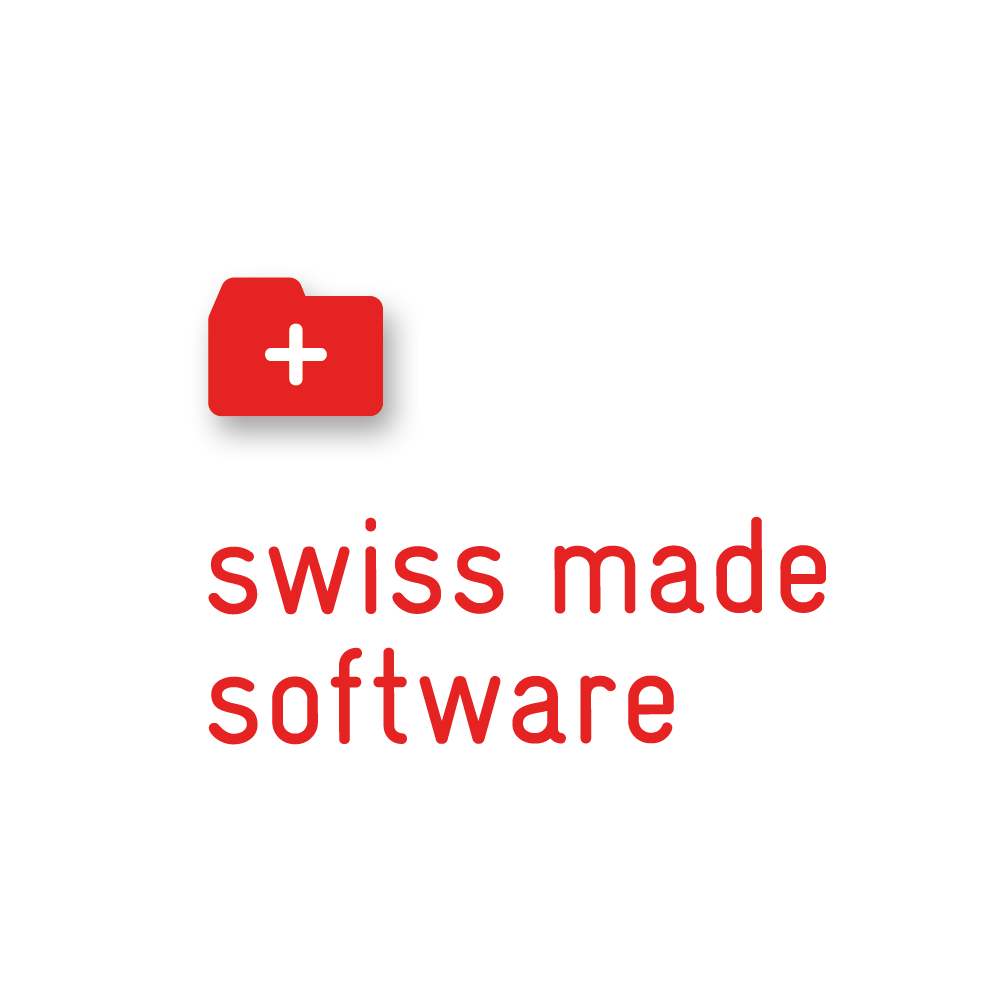Softcom’s agile subcontracting, a real added value for public administrations
In order to contribute to the digital transformation of public administrations, whose need for subcontracting increases with e-government projects, Softcom has been developing for several years a new model of agile collaboration with its customers. A new solution that frees itself from the “customer-supplier” relationship and generates value.
No sector escapes the impacts of digital technologies. This inevitable evolution towards more connectivity, more efficient services and better internal processes, to name a few, implies a necessary transformation.SMEs as well as multinationals and public administrations have all understood the need for change to realize their digitalization. But this change is not equitable.
Whether they are communal, cantonal or federal, public administrations respond to several regulatory constraints, but also to specificities linked to their ecosystem (particular sectors, inter-cantonal collaboration, standards, security, compliance). These particularities can slow down innovation in the implementation of an efficient and effective e-government. Above all, they require more agility in the project management.
Support e-government with agility
Depending on the digitization project, resources are sometimes lacking. Hence the importance for an administration to be able to collaborate with a quality external partner with in-depth knowledge of public policies. But how can we make the most of this subcontracting to support the digital transformation of administrations? For several years, Softcom has been developing an agile method and processes that offer specific and scalable resources to administrations, according to their needs at all stages of their digitization project.
This subcontracting model changes the “customer-supplier” relationship, since it implies close collaboration between teams. A real added value for the customer. One of them wanted to share his experience. This is a public administration in French-speaking Switzerland. In compliance with the WTO, we are not allowed to quote it. Nevertheless, she wanted to talk about her collaboration with the Softcom teams.
New subcontracting models
Within this French-speaking public administration, Mr. S. manages a team of eight people dedicated to information maintenance in e-government projects: “We manage and develop a number of online services. In this context, and in the context of the current health crisis, we have had to realize the extra work due to increased use of our services,” explains the manager. As a result, we needed to increase our maintenance production capacity. As our internal team is limited, we made the decision to outsource some maintenance to external providers.”
So much for the context. In practice and in the implementation of his needs, Mr. S. quickly turned to Softcom. The reason? “The culture seemed identical to ours. That is, a strong focus on people and resources rather than profit. In addition, Softcom is very agile. All these commonalities between our two teams generate a certain amount of trust.” Mr. S. is accustomed to subcontracting. His administration regularly assigns external mandates.
Team symbiosis
But with Softcom, he is experimenting with a new model of collaboration: “Softcom has been able to set up a team that is very close to ours,” he says. In other words, they were able to set up a system within Softcom that was identical to ours in order to create an intimate link with our team. This allowed us to work in transparency and total trust. The teams continuously submitted results and developments in progress. Then they set up a review process between them by the internal team before validation. This symbiosis between the two teams allowed us to do a better quality work. And that’s despite the particular context of the pandemic.”
Mr. S makes no mystery about it; “this model is very clearly new to us. We have managed to establish a special win-win relationship with Softcom. For my teams as well. They were able to experiment with new ways of working. Rarely in my career I have seen such proximity between an external company and its customer.” Another advantage of this symbiosis is that “the increase in skills was very quick. The services provided by Softcom are of very good quality. In addition, we keep the competence in-house of what is developed by Softcom. If we ever need to take over, we have all the capacity to do so, because we know exactly what has been done.”











